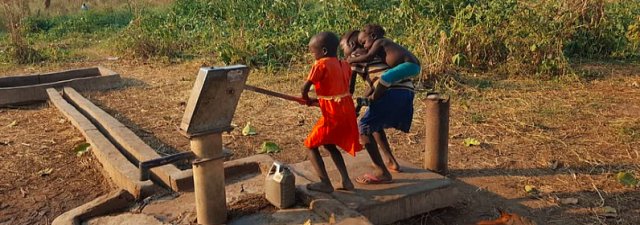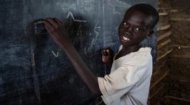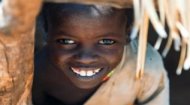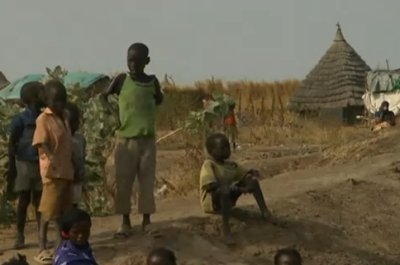|
The 2025 Humanitarian Needs Overview (HNO) for South Sudan indicates that 9.3 million people, representing 70% of the population, require humanitarian assistance due to ongoing conflict, inter-communal violence, economic instability, the war in Sudan, and climate-related shocks. All of this results in current infant mortality rate for South Sudan in 2024 of 60.1 deaths per 1,000 live births. South Sudan faces significant challenges in primary school attendance, with a large proportion of school-aged children out of school. Approximately 70% of children are not attending primary school, representing the highest percentage globally. This equates to roughly 2.8 million children, many of whom are internally displaced due to conflict. Girls are disproportionately affected, facing greater barriers to education than boys. Recent data from the World Population Review shows that only 27% of South Sudanese people aged 15 or older are literate and, within this figure, 35% of men can read and write, but only 19.2% of women are able to do so. Appeals continue to reach out for qualified teachers from outside the country to return to help rebuild the educational infrastructure.
Life in South Sudan has been made all the more difficult due to the number of returning refugees and displaced persons placing increased pressure on an already weak infrastructure. Despite this, life in South Sudan does have prospects. It's a potentially rich country with natural resources including oil, gold, silver, iron ore and copper however, as one leading commenter noted, "Life in South Sudan is likely to be precarious for some years to come." The video (above) give a glimpse of daily life in South Sudan today. |











